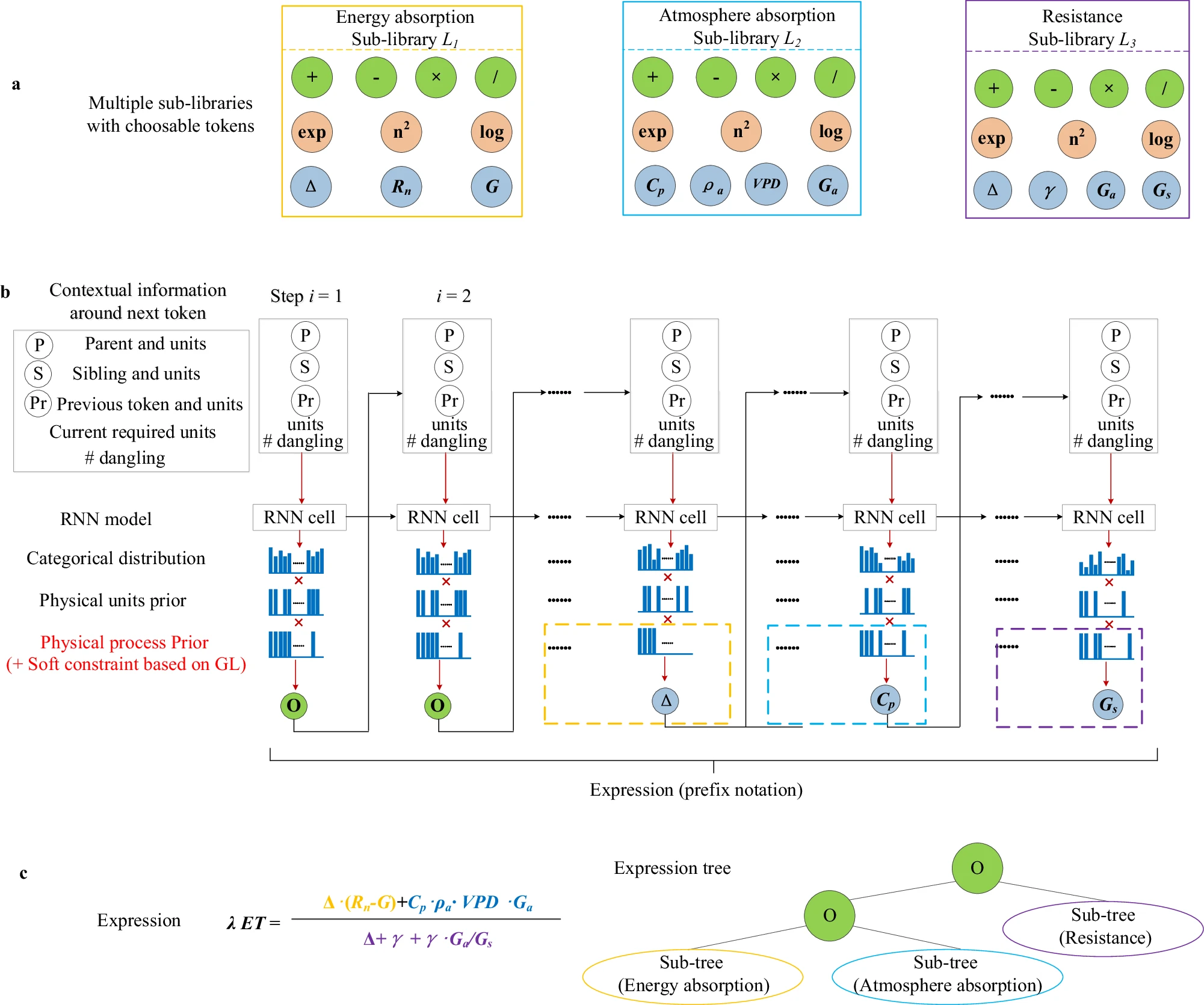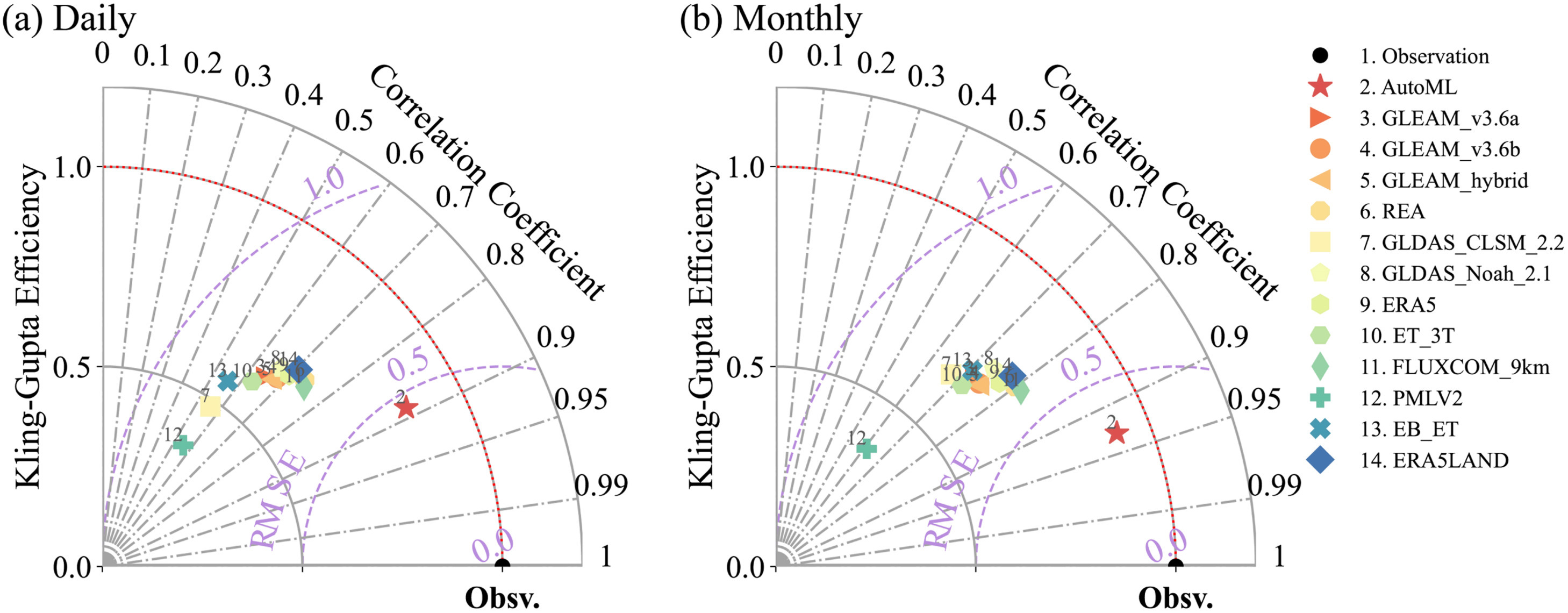AI Modeling & Applications
AI Applications in Land Surface Modeling
AI Applications in Land Surface Modeling
With the rapid development of artificial intelligence technology, machine learning, deep learning, and symbolic regression methods have shown great potential in land surface process modeling. Through collaboration with other AI teams, we are committed to combining advanced AI technologies with traditional physical modeling methods to improve the accuracy and efficiency of land surface models.
Core Research Directions
Machine Learning-Driven Parameterization Schemes
- Developing physical process proxy models using deep learning techniques to significantly improve computational efficiency while maintaining physical mechanism rationality
- Neural network-based meteorological element downscaling methods to generate high-resolution atmospheric forcing data
- Intelligent parameter optimization systems that can automatically adjust model parameters for different regions and application objectives

Applications of Symbolic Regression in Earth Science
- Automatically discovering physical laws and mathematical relationships in land surface processes
- Symbolic regression-based evapotranspiration modeling to improve simulation accuracy of evapotranspiration processes
- Developing interpretable AI models to help understand the physical mechanisms of complex land surface processes
Multi-source Data Fusion and Quality Control
- Using machine learning methods to identify new empirical relationships and parameterization schemes from massive observational data
- Deep learning-based multi-source data fusion techniques
- Intelligent data quality control algorithms to automatically identify and process anomalous data

Intelligent Evaluation and Diagnostic Systems
- Applications of explainable AI in land surface process diagnostics to help understand the physical causes of model errors
- Reinforcement learning-based adaptive modeling frameworks that enable models to continuously learn and improve during operation
Application Areas
- Climate Prediction: Improving the accuracy of numerical weather prediction and climate forecasting
- Hydrological Simulation: Improving simulation of hydrological processes such as runoff and evapotranspiration
- Agricultural Applications: Crop yield prediction and agricultural management decision support
- Environmental Monitoring: Ecosystem change monitoring and assessment
- Urban Climate: Urban heat island effect and urban climate simulation
Open Research Topics
The application of AI technology in land surface modeling provides rich research opportunities for graduate students and collaborators. Here are our current research focuses:
We welcome graduate students and collaborators interested in any of these topics to contact us and jointly advance innovative applications of AI technology in land surface modeling!
Selected Related Publications (# corresponding author):
-
Li, Q.#, Zhang, C.,Wei, Z.#,, Jin, X., Shangguan, W., Yuan, H., Zhu, J., Li, L., Liu, P., Chen, X., et al. (2024). Advancing symbolic regression for earth science with a focus on evapotranspiration modeling. npj Climate and Atmospheric Science, 7(1), 321.
-
Xu, Q., Li, L., Wei, Z.#,, Lu, X., Wei, N., Lee, X., Dai, Y. (2025). A multimodal machine learning fused global 0.1° daily evapotranspiration dataset from 1950-2022. Agricultural and Forest Meteorology, 372, 110645.
-
Cai, Y., Xu, Q., Bai, F., Cao, X., Wei, Z.#,, Lu, X.#, Wei, N., Yuan, H., Zhang, S., Liu, S., et al. (2024). Reconciling global terrestrial evapotranspiration estimates from multi-product intercomparison and evaluation. Water Resources Research, 60(9), e2024WR037608.
-
More related research results are being published…